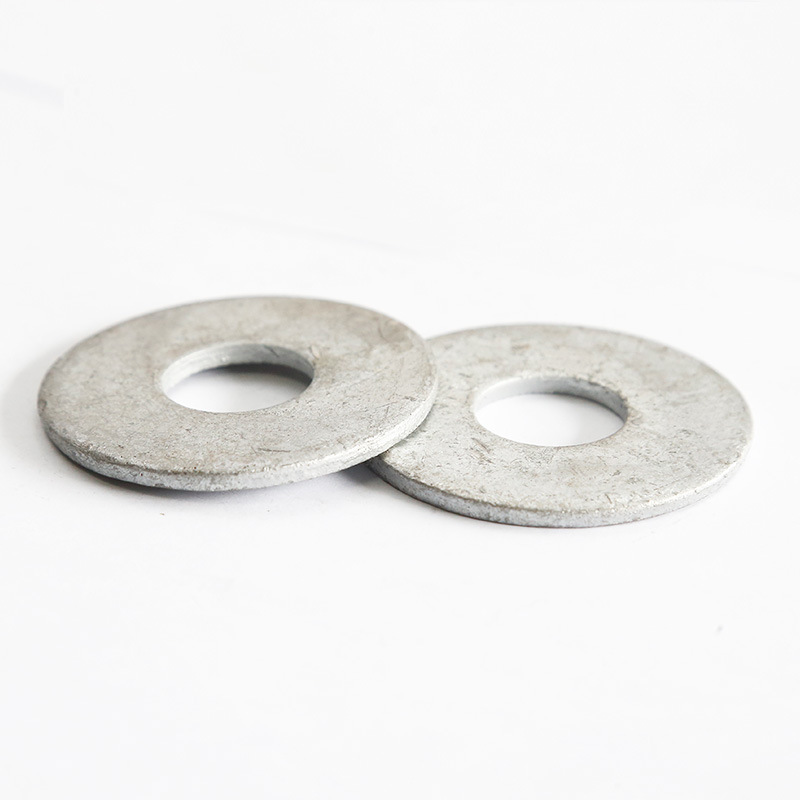

washer din
11月 . 22, 2024 16:39 Back to list
washer din
Understanding Washer DIN A Key Component in Engineering and Manufacturing
In the world of engineering and manufacturing, assembly components play a crucial role in ensuring the functionality and reliability of products. Among these components, washers, particularly washer DIN, have become a staple in various applications across different industries. This article explores the significance, types, applications, and advantages of DIN washers, providing insights into their role in enhancing mechanical systems.
What is Washer DIN?
Washer DIN refers to a specific standard of washers that comply with the German Institute for Standardization (Deutsches Institut für Normung, or DIN). These washers are designed following standardized dimensions and specifications, which ensures uniformity and compatibility within various engineering projects. The DIN standard covers a wide array of washers, including flat washers, spring washers, and locking washers, which are employed in diverse applications to distribute load, prevent loosening, and reduce friction.
Types of Washer DIN
1. Flat Washers (DIN 125) Flat washers are the most common type of washers. They are designed to distribute the load of a threaded fastener, such as a bolt or nut, over a larger surface area. This distribution helps to prevent damage to the surface being fastened and ensures a secure fit.
2. Spring Washers (DIN 137) These washers are engineered to provide a spring effect, allowing them to maintain tension and absorb shock. They are commonly used in applications where frequent movement occurs, helping to prevent loosening due to vibration.
3. Locking Washers (DIN 6798) Locking washers are specifically designed to prevent nuts and bolts from loosening over time. They achieve this by providing additional friction or by creating a locking mechanism. These washers are essential in high-vibration environments, such as automotive and aerospace industries.
4. Sealing Washers (DIN 7603) Sealing washers are used to create a watertight or airtight seal between fasteners and surfaces. They are often utilized in plumbing and automotive applications to prevent leakage and ensure reliability.
Applications of Washer DIN
DIN washers find applications in various sectors, including
washer din

- Automotive Industry Washers are critical in vehicle assembly, ensuring that components remain tightly secured, even under extreme conditions. They are used in engine blocks, suspension systems, and more.
- Aerospace Engineering In aviation, safety is paramount. DIN washers are employed in aircraft assemblies to ensure that all parts remain secure during flight, particularly in high-stress environments.
- Construction Washers play a vital role in structural integrity, often used in conjunction with bolts and nuts in buildings and bridges to provide strength and stability.
- Electronics In electronic devices, washers are often used to secure components and ensure that connections remain intact despite vibrations and movements.
Advantages of Using Washer DIN
1. Standardization The use of DIN washers ensures compatibility and interchangeability among different components. This standardization simplifies the manufacturing process and reduces the risk of errors.
2. Reliability DIN washers are designed to meet specific load and performance criteria, making them a reliable choice for critical applications. Their standardized testing also ensures that they can withstand the demands of various operational environments.
3. Cost-Effectiveness With mass production and standardized dimensions, DIN washers are often more cost-effective compared to non-standardized alternatives. This affordability makes them accessible for both large-scale manufacturing and individual projects.
4. Versatility The range of washer types under the DIN standard allows engineers and manufacturers to choose the best fit for their specific needs, whether it be tension, load distribution, or sealing.
Conclusion
Washer DIN is an essential component in the engineering and manufacturing landscape. Their standardized designs ensure reliability, compatibility, and cost-effectiveness in various applications, from automotive and aerospace to construction and electronics. Understanding the function and benefits of DIN washers not only helps engineers select the right component for their projects but also contributes to the overall quality and durability of the final product. As industries continue to evolve, the importance of standardized components like Washer DIN will only grow, underscoring their role in building safe and efficient mechanical systems.
Latest news
-
Premium Self Tapping Metal Screws: Strong & Easy Install
NewsAug.02,2025
-
Premium Fasteners Manufacturer | AI-Driven Solutions
NewsAug.01,2025
-
Hot Dip Galvanized Bolts - Hebei Longze | High Strength, Corrosion Resistance
NewsAug.01,2025
-
High-Strength Hot Dip Galvanized Bolts - LongZe | Corrosion Resistance, Custom Sizes
NewsAug.01,2025
-
Best Self Tapping Screws for Drywall - Fast & Secure Installation
NewsJul.31,2025
-
High-Strength Hot Dip Galvanized Bolts-Hebei Longze|Corrosion Resistance&Customization
NewsJul.31,2025

